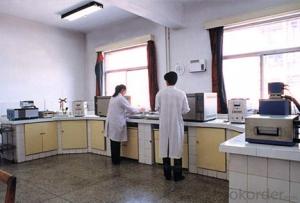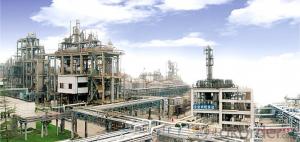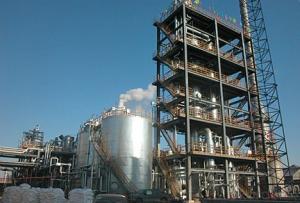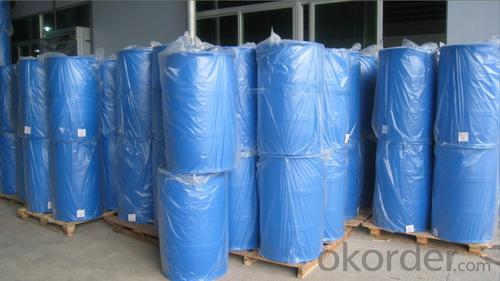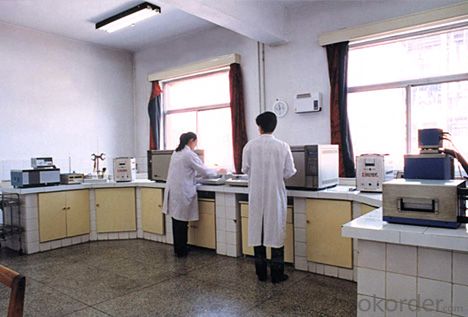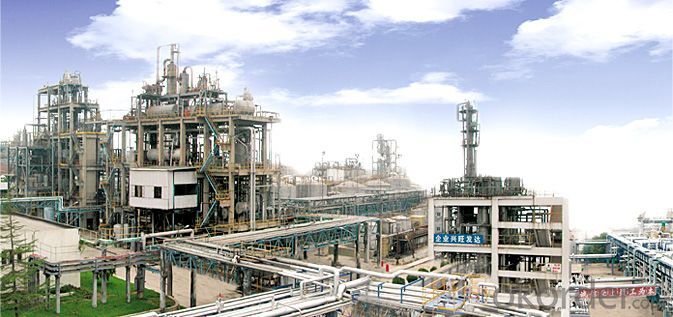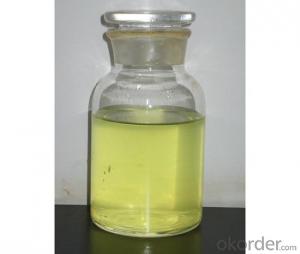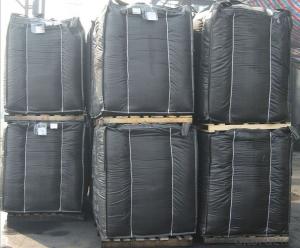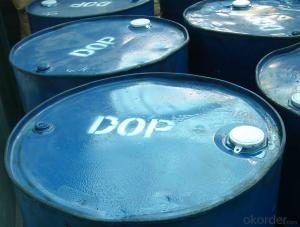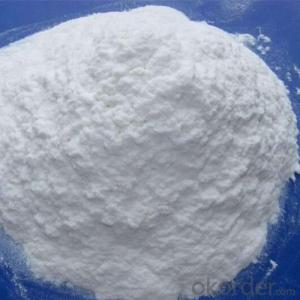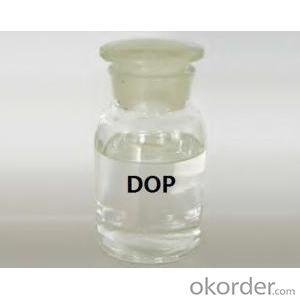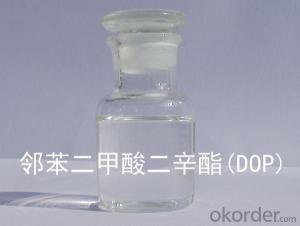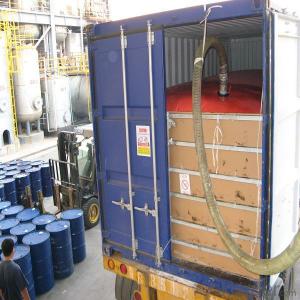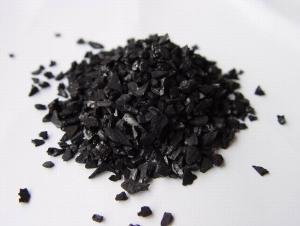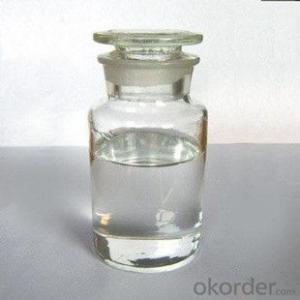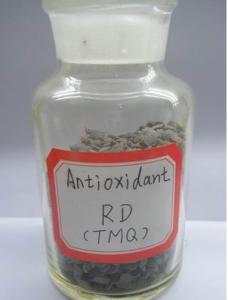Hot Sale Epoxy Plasticizer replace DOP/DBP Environment plasticizer
- Loading Port:
- Tianjin
- Payment Terms:
- TT OR LC
- Min Order Qty:
- 20 m.t.
- Supply Capability:
- 8000 m.t./month
OKorder Service Pledge
OKorder Financial Service
You Might Also Like
DOP
Molecular Formular : C24H38O4
Molecular weight : 390.57
CAS No.:117-81-7
H.S Code : 2917.3200.00
EINECS No.: 204-211-0
Characteristics : Colorless transparent oily liquid, slight odor.
Processing : Injection Moulding
Application : It is one of the most extensively used plasticizers in plastics processing. It has comprehensive properties, such as high plasticizing efficiency, low volatility, UV-resisting property, water-extracting proof, cold-resisting property, and also good softness and electric property. As a fine main plasticizer, it is extensively used in processing polyvinyl choride and ethylcellulose resins to produce plastic film, imitation leather, electric wire, cable wearer, sheet, planet, mould plastic products and. Used in nitrocellulose paints, it can make the ethylcellu lose more elastic and more strong in extracting tension. It can be used as a softening agent of synthetic rubber, such as to make the product easier to rebound and harder to undergo form change under pressure, without affecting of the plastics.
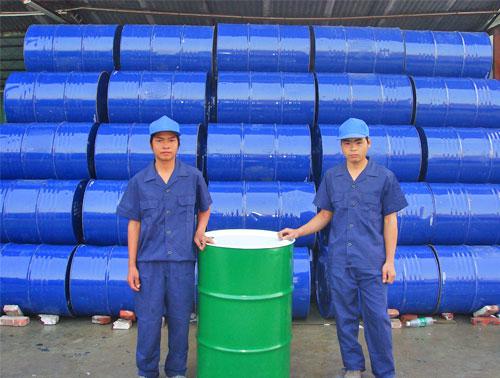
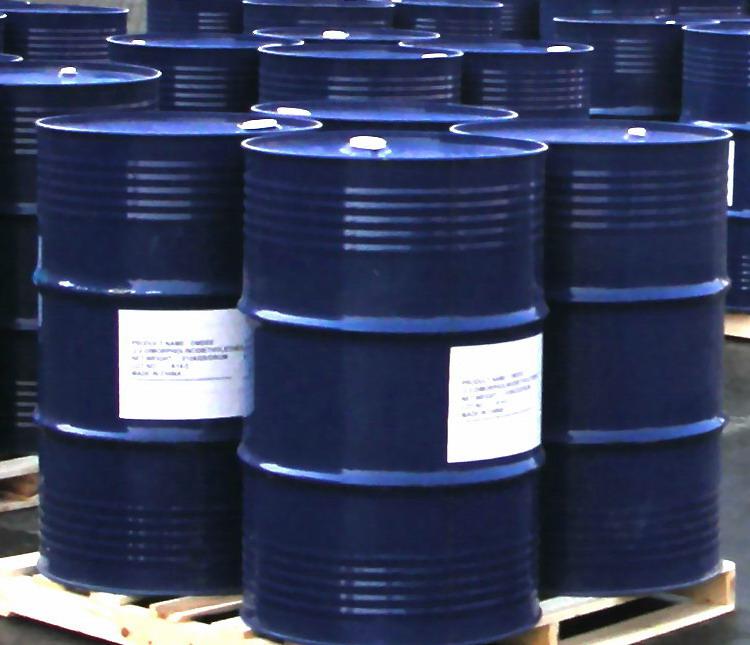
Specifications :
Quality Index | |||
Item | Value | ||
Super Grade | First Grade | Qualified Grade | |
Appearance | Oily liquid | ||
Color(APHA) ≤ | 30 | 40 | 120 |
PurityAs Ester% ≥ | 99.5 | 99.0 | 99.0 |
Acidity (benzene dicarbonic acid)g/cm | 0.01 | 0.015 | 0.03 |
Loss on dry (125oC3hr)%≤ | 0.2 | 0.3 | 0.5 |
Flash point(open)oC ≥ | 195 | 192 | 190 |
Density20,g/cm3 | 0.982-0.988 | ||
Volume Resistivity ΩM ≥ | 1.5×1011 | ||
Heat decrement % ≤ | 0.2 | 0.3 | 0.5 |
Water content,% ≤ | 0.1 | 0.15 | 0.15 |
Package and Storage :
Packed in 200KG/Galvanized Iron Drum or 1000kg/ISO TANK or flexibag container
Stored at dry,shady,ventilated place. Prevented from collision and sunrays,rain-attack during handling and shipping. Met the high hot and clear fire or contact the oxidizing agent,caused the burning danger.
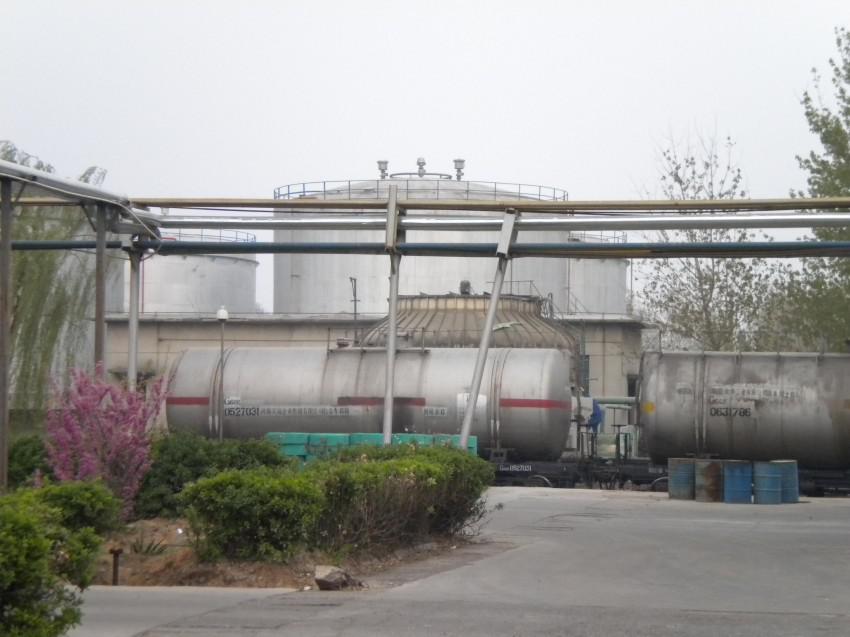
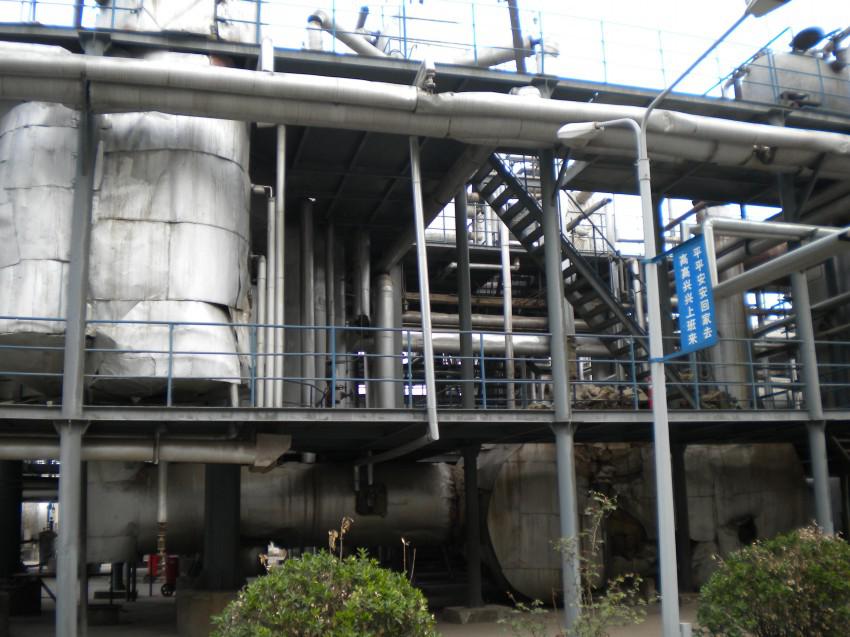
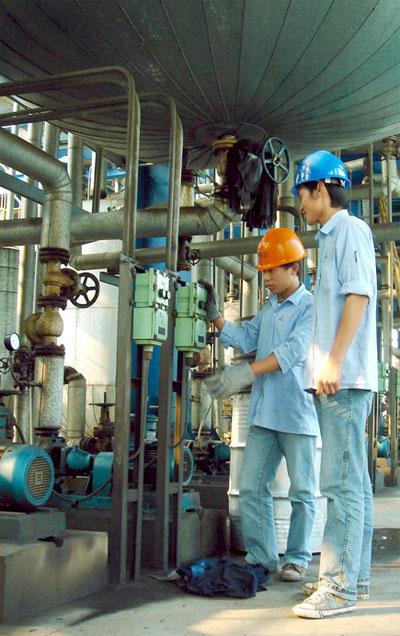
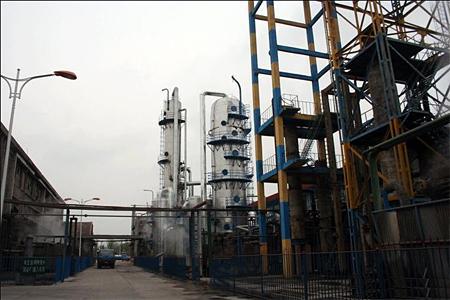
- Q: High chemistry: Does the catalyst affect the heat and heat of the reaction?
- The catalyst that has no effect affects only the rate of reaction
- Q: Are biological enzymes harmful to humans?
- A biological enzyme is a biocatalyst that is produced or extracted from a biological organism. The catalyst is a substance that accelerates the chemical reaction and does not change itself in the chemical reaction. In layman's terms, the catalyst is a special substance that catalyzes it. Enzyme as a member of the catalyst family has its own special properties. Each of the biological enzymes will only selectively react to some chemical reactions. A biological enzyme is equivalent to a key that opens a complex compound whose importance is that its unique structure or multidimensional shape matches a part of the group. Once these two parts are combined, the specific chemical bond in the group molecule changes as if the lock was opened. When the reaction is completed, the enzyme is released and repeated with the next group, followed by repeated repeats. Many chemical reactions in the normal temperature conditions, the reaction is very slow so that the whole process is difficult to be perceived.
- Q: The properties of scandium
- Sci-Scandium (Sc) Basic knowledge Introduction In 1879, Swedish chemistry professor Nelson (LFNilson, 1840 ~ 1899) and Clive (PTCleve, 1840 ~ 1905) were almost simultaneously in rare mineral silica beryllium yttrium and black The mine found a new element. They named this element "Scandium" (scandium), ...
- Q: Why the catalyst is required to have a large surface area and a rich pore structure
- So that the use of more fully catalyst, the effect is better.
- Q: Seems intuitive that it wouldn't, but I dunno the qualitative difference between activation energy & Gibbs free energy. I'M TOO LAZY TO GOOGLE I GOTS STUFF TO DO
- A catalyst can change the activation energy not the Gibbs energy. The Gibbs energy is the energy difference between the initial state and final state. A catalyst cannot change that. Imagine you are driving from school to home. How you drive do not change the height difference between the school and your home. However, a catalyst can change your path which can change the routine you drive from school to home. So if there is a hill in between your school and you home, you have the choice to drive through it or drive around. Here is a picture: upload.wikimedia.org/wikipedia/co... A catalyst can change the height of the barrier, but cannot alter the initial or final state.
- Q: How does the chemical equation calculate the quality of the catalyst?
- Catalyst, the quality of the reaction before and after the same, the same chemical properties.
- Q: Why does the chemical and chemical properties change before and after the reaction?
- The catalyst will induce chemical reactions to change, leaving the chemical reaction faster or in a lower temperature environment for chemical reactions.
- Q: Effect of Catalyst on Chemical Reaction Rate
- The catalyst can only change the rate of chemical change (faster or slower), does not change its own quality and chemical properties, nor does it change the amount of reaction product.
- Q: Several experiments were carried out using catalysts
- Hydrogen peroxide in the manganese dioxide as a catalyst for decomposition reaction: 2H2O2 == MnO2 == 2H2O + O2 ↑ (laboratory oxygen principle)
- Q: I know that a species that does not appear in the chemical equation may also affect the rate of a reaction - e.g. a catalyst. But does that mean the catalyst can be present in the rate equation, and if so are catalysts always present in the rate equation?
- There are many reactions that would not happen to any extent without a catalyst, yet I have never seen a rate equation that included a catalyst. For example, the Haber reaction requires a catalyst, but the rate equation for it does not include a catalyst. If a reaction will work without a catalyst, you can find its rate under this condition. Then if you run the same reaction with a catalyst you will get a different rate of reaction but the catalyst concentration does not show up in the Rate law for that reaction.
Send your message to us
Hot Sale Epoxy Plasticizer replace DOP/DBP Environment plasticizer
- Loading Port:
- Tianjin
- Payment Terms:
- TT OR LC
- Min Order Qty:
- 20 m.t.
- Supply Capability:
- 8000 m.t./month
OKorder Service Pledge
OKorder Financial Service
Similar products
Hot products
Hot Searches
Related keywords


